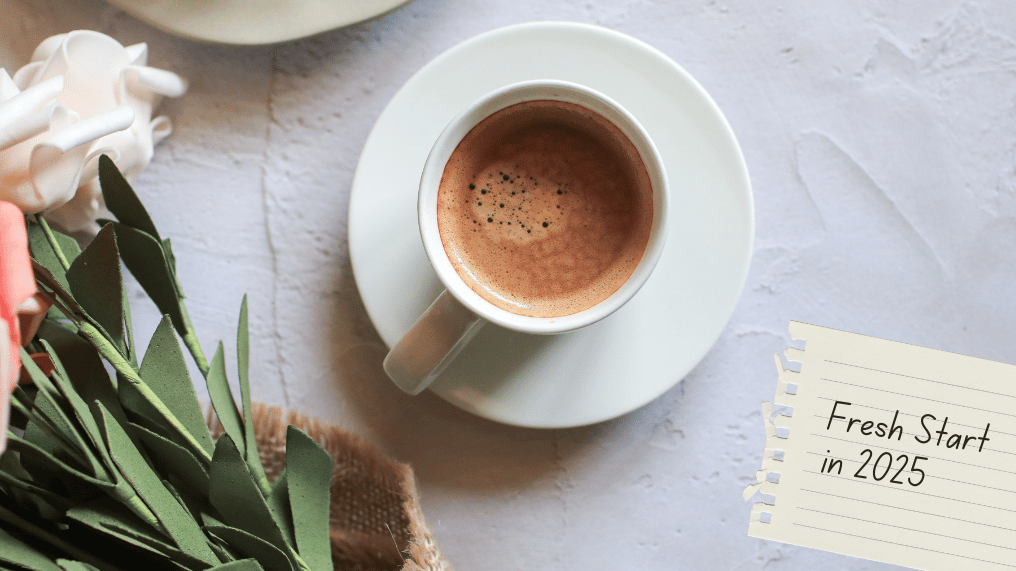GUOCHAO: what is it and how does it impact marketing in China?
Key take-away:
- GUOCHAO (国潮, the Chinese trend) refers to trendy brands or products created by local Chinese designers.
- Initially, it specifically included Chinese cultural elements.
- Over time, it has come to represent the popularity of domestic products with Chinese characteristics, including limited series by foreign brands related to China.

What is GUOCHAO (国潮)?
The background of GUOCHAO is that increasing number of Chinese consumers are actively seeking products that reflect their personal style and values. There is a growing interest in unique, locally designed luxury items that convey individuality and self-expression.
Brands are expected to delve into Chinese social values, craftsmanship, traditional ingredients, and historical influences to create products that resonate with the local market, rather than selling something that was designed and created originally for the foreign markets into China.
Overall, this trend reflects Chinese consumers’ desire to celebrate and express their cultural identities through their choices. Many local brands, spanning from mass retail to higher-end and luxury, have successfully integrated this trend into their marketing strategies, effectively capturing the attention and affection of consumers.
Howeer, it is crucial to recognize that Guochao’s popularity isn’t solely due to a surge in nationalism, as some might assume.
The phenomenon is more nuanced and influenced by various factors, including price, product quality (with domestic brands now excelling in research and development), and the marketing prowess of local brands.
For example, Hanfu (a type of traditional Chinese costume) has emerged as a favored fashion trend among young people. The related clothing industry is thriving, leading to activities such as Hanfu fashion shows and filming. Handmade Hanfu garments can range from twenty dollars to hundreds of dollars in price.
How has GUOCHAO evolved?
The development of the entire national trend GUOCHAO can be divided into several stages:
Stage 1
In approximately 2018, promoted by Taobao’s “GUOCHAO Action” and Li Ning’s appearance in the Fashion Week, cross-border co-branding and brand rejuvenation started to bear the meaning of GUOCHAO;
Source: Li-ning
Stage 2
In 2020, the rise of new consumer brands and live streaming has driven a large number of emerging brands to seize the concept of GUOCHAO. The product concept and branding were deeply connected to the modern cultural aesthetic, but the connection with traditional Chinese culture was not very strong;
Stage 3
Now perhaps the GUOCHAO trend is moving towards its third stage. More and more brands are beginning to explore cultural backgrounds from all aspects of brand operations. Although this process requires brands to invest more in excavating its values, it also has much more significant long-term impact.
How can brands embrace GUOCHAO?
As GUOCHAO has evolved for several years now, we can see that the brands that successfully adopted the Chinese trend GUOCHAO often can be characterized as having:
- Adoption of modernized Chinese culture elements in their products;
- Complete integration of the Chinese culture elements in their brand operation, including branding, marketing, product development, product peripherals etc.
- Recognition by consumers as the first GUOCHAO brand in its genre.
Adoption of modernized Chinese culture elements
This refers to the application of Chinese trend elements, which should combine traditional cultural elements with modern aesthetics. It shouldn’t be a mere adoption of existing elements, since both being “Chinese traditional”, and “trendy” are essential.
For example, Guanxia (观夏) incorporates elements from Chinese traditional clothing and culinary culture into bottle design and aroma profiles. Modern aesthetics and contemporary frangrances serve to engage users, while cultural elements enrich the aspect of Chinese trends. Achieving seamless integration between the two is the most challenging obstacle in establishing a GUOCHAO brand.
Complete integration of the Chinese culture elements
The Chinese trend elements should be integrated into the entire operation of a brand, not just superficially assembling cultural elements or engaging in shallow cross-brand collaborations. It should be deeply embedded in marketing, product development, research, and even the supply chain.
Recognition by consumers
Brands need to establish a footprint in consumers’ minds through marketing. In almost every product category, a niche space exists for adopting GUOCHAO/ the Chinese trends.
Brands that are recoganized as the first GUOCHAO brand of its kind, normally win long-term competitive advantages.
Guan Xia is now a representative of GUOCHAO / the Chinese trends in the fragrance category, and its position is difficult to challenge.
Right now, GUOCHAO / the Chinese trends are becoming even more significant and impactful in China. The Chinese culture elements will continue to influence brands and will be adopted across various product categories.
If you are interested in finding your feet in the adoption of GUOCHAO / the Chinese trend for your business, contact us for an obligation-free consultation.
 Previous Post
Previous Post Next Post
Next Post



